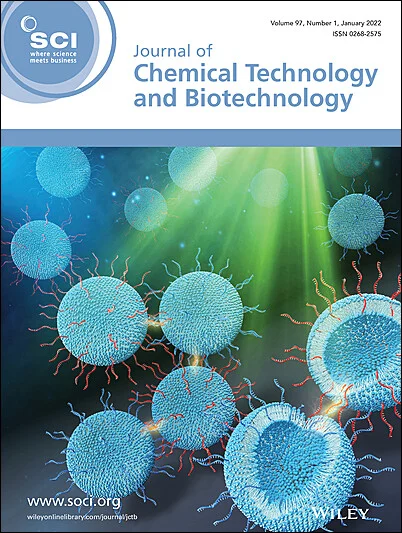Effect of protein hydrolysis on the emulsifying properties of collagen and its hydrolysates extracted from leather by-products
Abstract
Background
Proteins are widely used as emulsifiers due to their amphiphilic nature. Collagen has been of particular interest due to both its distinctive triple helical structure and unique amino acid arrangement, which gives it strength and stability within the water (hydrophilic) and oil (hydrophobic) domains of the emulsion. Hydrolysing collagen reveals varying amino acid side residues and alters its interaction with water/oil interfaces. This study aimed to explore how the degree of hydrolysation influences the protein's ability to act as an emulsifier, focusing on hydrolysed collagen derived from leather industry by-products.
Results
The results revealed that the optimal degree of protein hydrolysis was dependent on both the environment and the length of stability required of the emulsion. In this work, the least hydrolysed collagen sample had the most versatile properties in both cool and hot conditions, however due to the larger molecular size of the protein it also had a lower stability when measured over an extended time. A more hydrolysed form of collagen formed a stable emulsion at cool temperatures, however the breakdown of the emulsion observed at 40 °C indicated the need for further protein purification. Further hydrolysing the collagen caused a breakdown of the liquid emulsions at 4 °C due to gel formation, however this form of collagen performed best when held at elevated temperatures.
Conclusion
The results of this study concluded that the degree of hydrolysation of collagen could be manipulated to produce a tailored emulsifying agent dependent on the desired commercial end-use. © 2025 Scottish Leather Group and The Author(s). Journal of Chemical Technology and Biotechnology published by John Wiley & Sons Ltd on behalf of Society of Chemical Industry (SCI).




 求助内容:
求助内容: 应助结果提醒方式:
应助结果提醒方式:


